Subject: Unbelieveable photos
'The cat without fear'' (scares me!)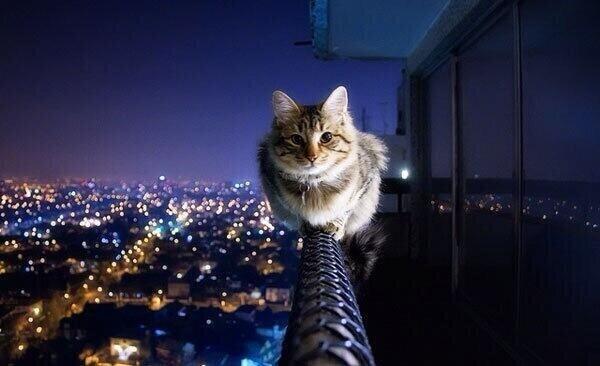 Hotel Four Seasons Bora Bora.
Hotel Four Seasons Bora Bora. Conservatory of Music in China.
Conservatory of Music in China.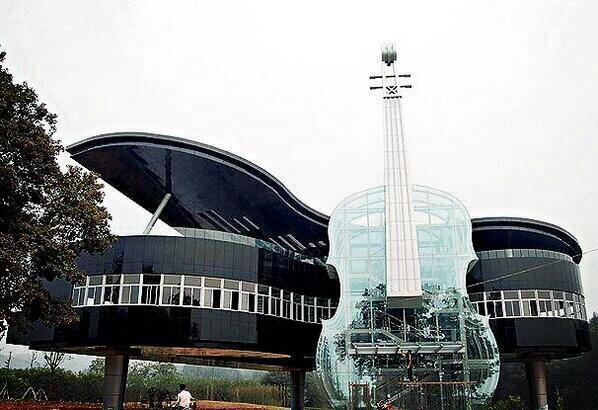 So embrace the zebras
So embrace the zebras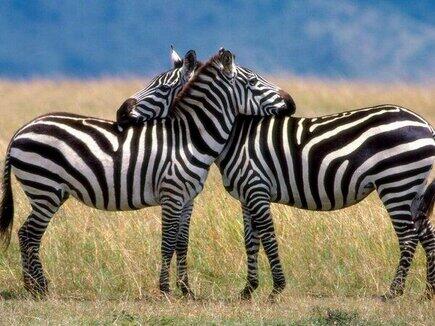 Kiss in Paris.
Kiss in Paris.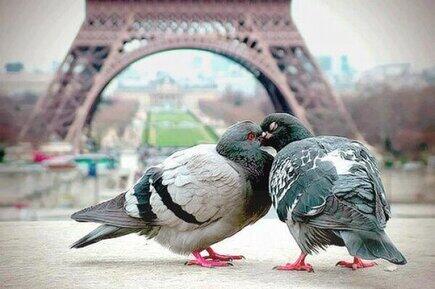 Premature elephant born only one minute ago.
Premature elephant born only one minute ago.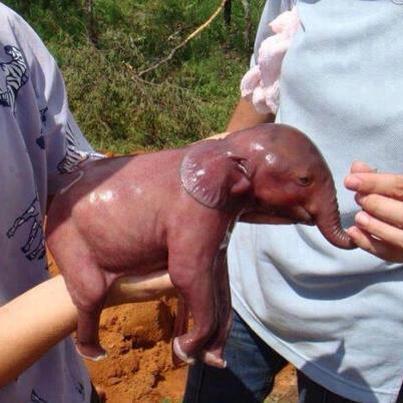 Each year in February, the sun's angle is such thatHorsetail Falls waterfall lights like fire. Yosemite , USA
Each year in February, the sun's angle is such thatHorsetail Falls waterfall lights like fire. Yosemite , USA Houseboat, Iceland.
Houseboat, Iceland. Panda scared after the earthquake inJapan embraced the leg of a policeman.
Panda scared after the earthquake inJapan embraced the leg of a policeman.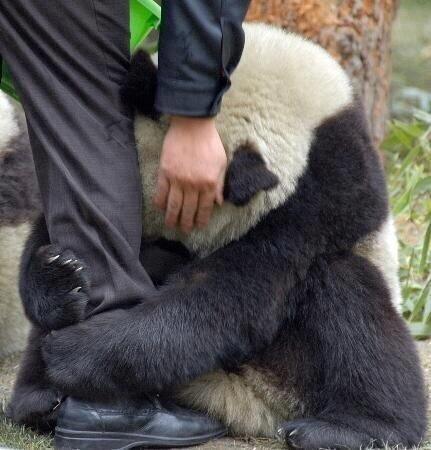 Kalapana, Hawaii where the sea meets the lava
Kalapana, Hawaii where the sea meets the lava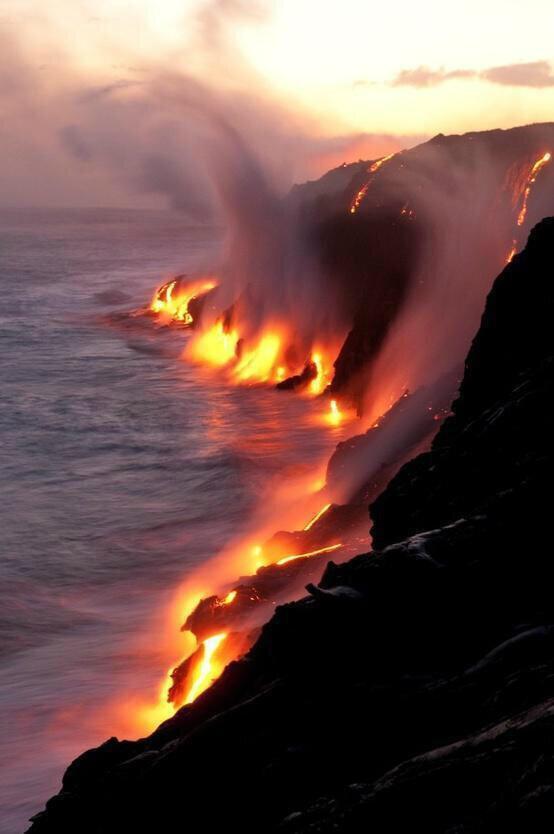 ''I think I'll try to take a picture of myself''
''I think I'll try to take a picture of myself''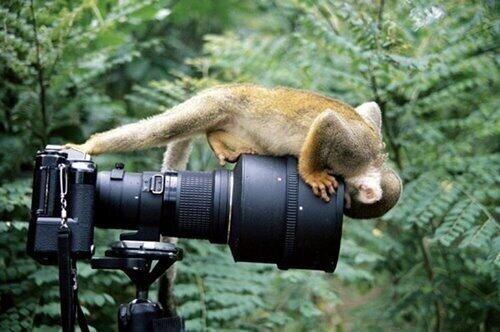 Beijing Airport by night
Beijing Airport by night Two year-old Chimpanzee feeding milkto "Aorn" a small tiger 60 days old.
Two year-old Chimpanzee feeding milkto "Aorn" a small tiger 60 days old.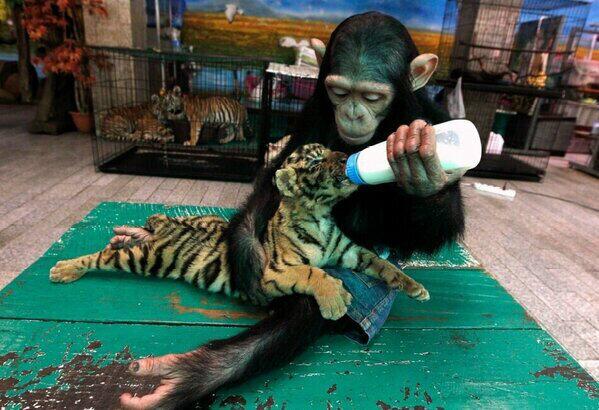 Ducks tend to continue throughout his lifeto be seen first at birth, whether or not his mother.
Ducks tend to continue throughout his lifeto be seen first at birth, whether or not his mother.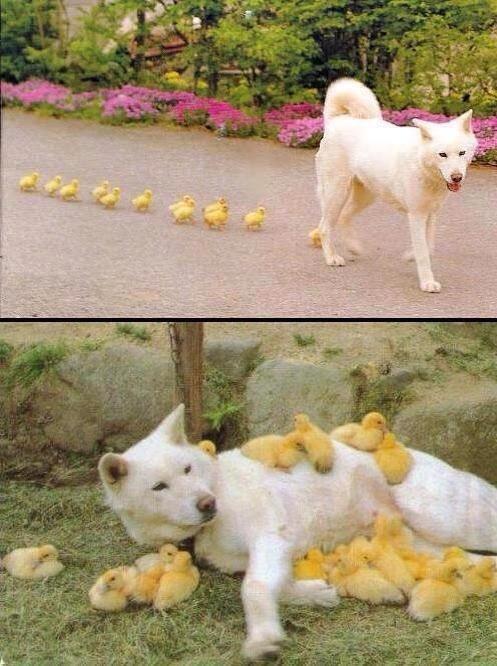 Highway in Japanwith snow around morethan 10 meters high. Unbelievable.
Highway in Japanwith snow around morethan 10 meters high. Unbelievable.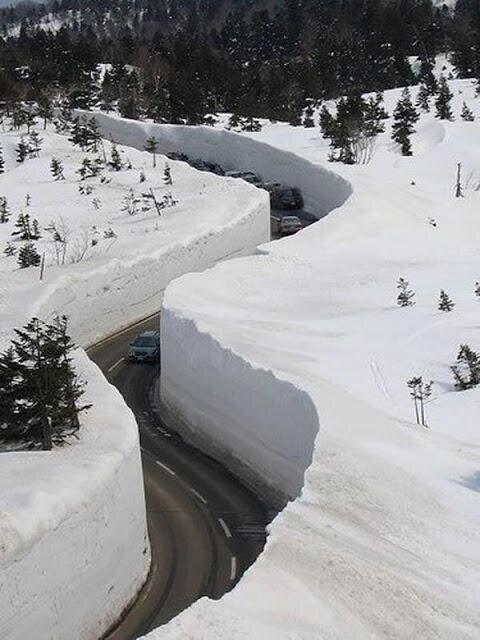 Spectacularrice fields in China.
Spectacularrice fields in China. Austria's Green Lake is a beautiful parkin winter.The snow melts in summer and creates a very clear lake.
Austria's Green Lake is a beautiful parkin winter.The snow melts in summer and creates a very clear lake.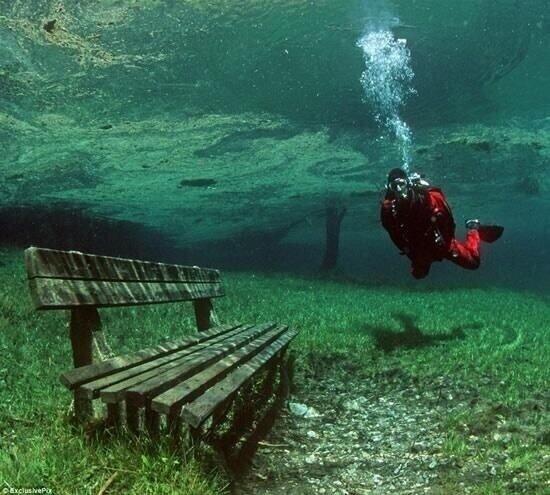 Undersea tunnel linking Swedenand Denmark.
Undersea tunnel linking Swedenand Denmark. The world's highest swimming pool is locatedin the skyscraper MarinaBay Sands, Singapore.
The world's highest swimming pool is locatedin the skyscraper MarinaBay Sands, Singapore.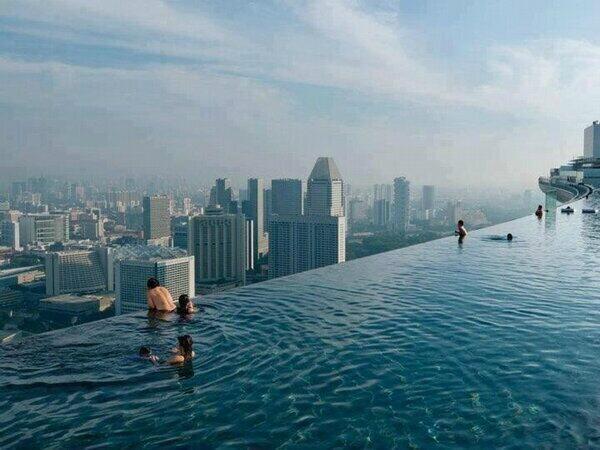 Amazing lightning storm over the Grand Canyon.
Amazing lightning storm over the Grand Canyon.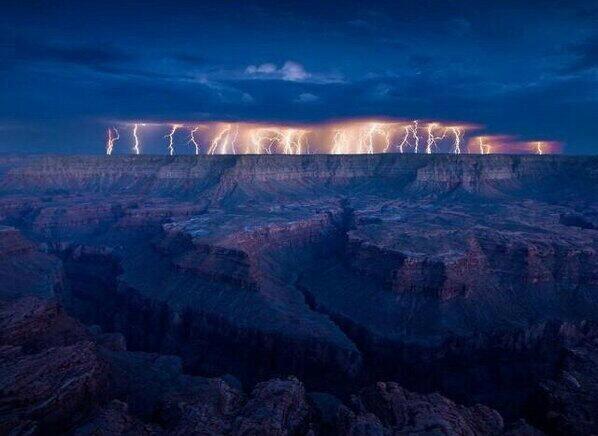 Baby Chameleons.
Baby Chameleons. Beautiful image of a panda bear panda helping another.
Beautiful image of a panda bear panda helping another. "The road to Heaven" a place in Irelandwhere every two years the stars align with the road.
"The road to Heaven" a place in Irelandwhere every two years the stars align with the road.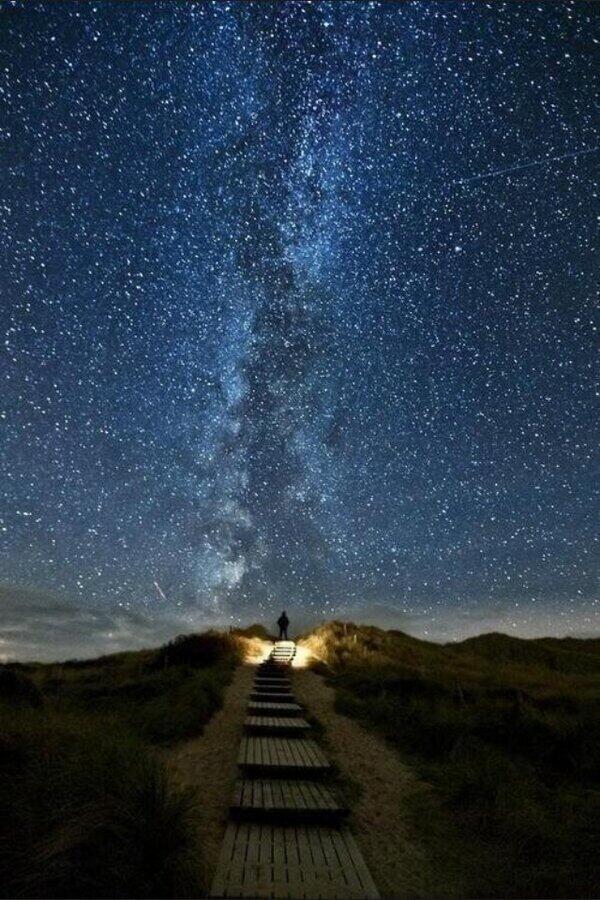 World's Largest Swimming Pool in San Alfonso, Chile.More than 1,000 yards long.
World's Largest Swimming Pool in San Alfonso, Chile.More than 1,000 yards long.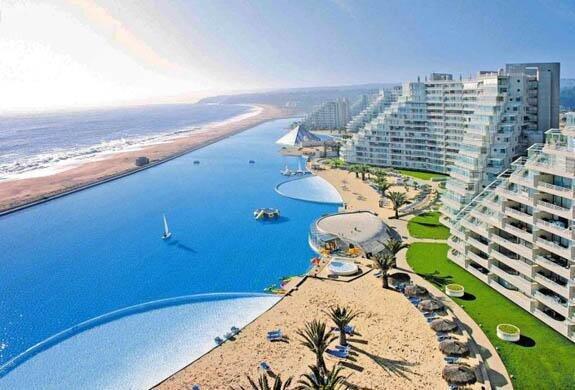 Crystal Palace. Madrid.
Crystal Palace. Madrid.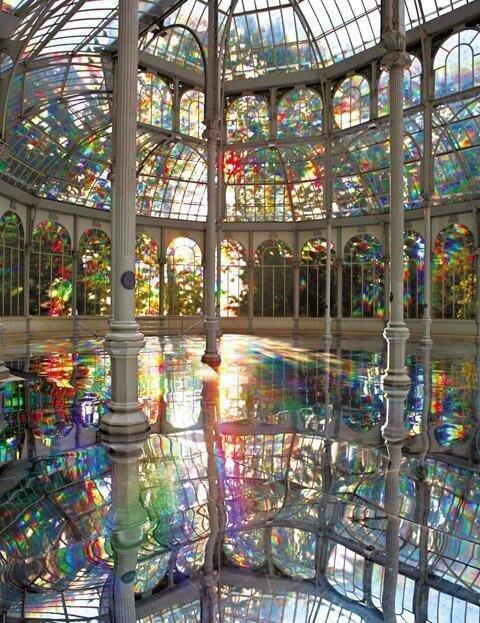 ''Heaven's Gate'',Zhangjiajie Tianmen Mountain, China .
''Heaven's Gate'',Zhangjiajie Tianmen Mountain, China .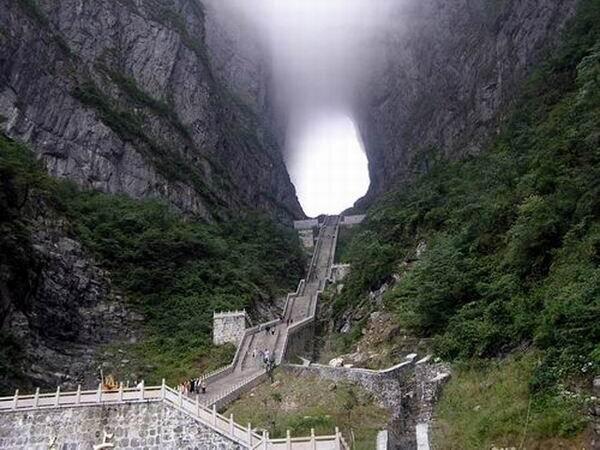 The Northern Lights', Alaska.
The Northern Lights', Alaska.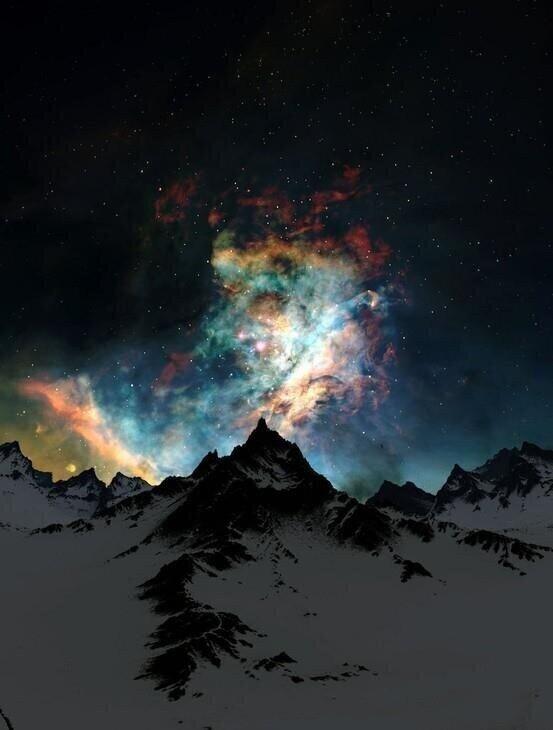 Llamas after fleecing
Llamas after fleecing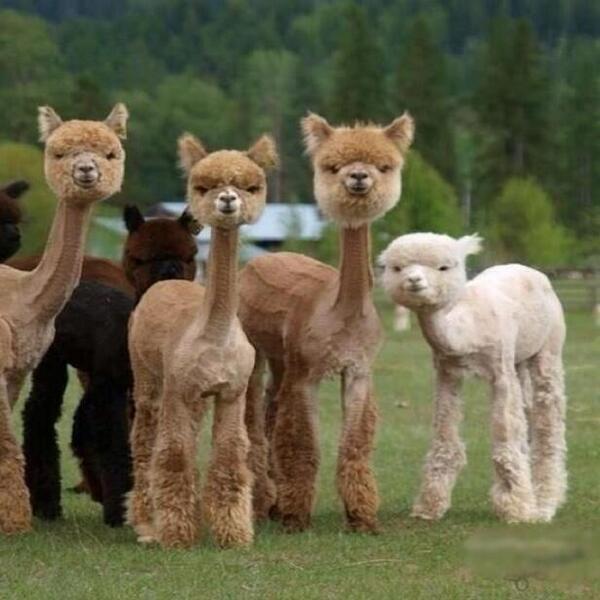 The white owl, unbelievable.
The white owl, unbelievable. The famous'' Rosa Moss Bridges",Ireland.
The famous'' Rosa Moss Bridges",Ireland. Eiffel Tower.Romantic and beautiful Paris, France.
Eiffel Tower.Romantic and beautiful Paris, France.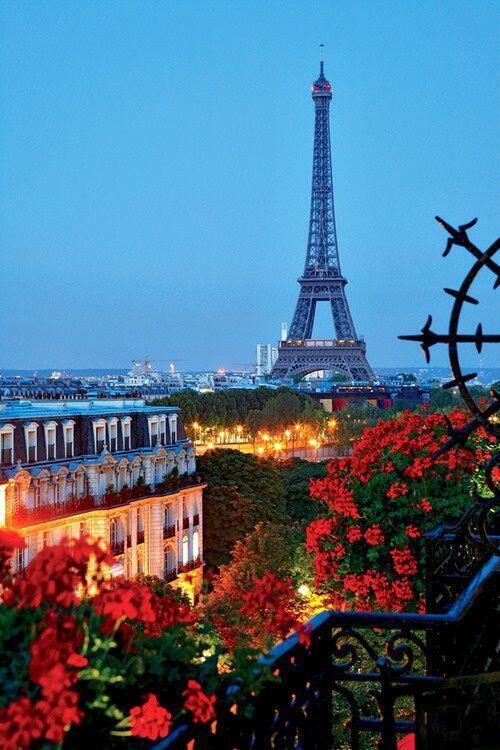 Road to Hana, Maui, Hawaii.
Road to Hana, Maui, Hawaii. Restaurant hanging, Belgium.
Restaurant hanging, Belgium.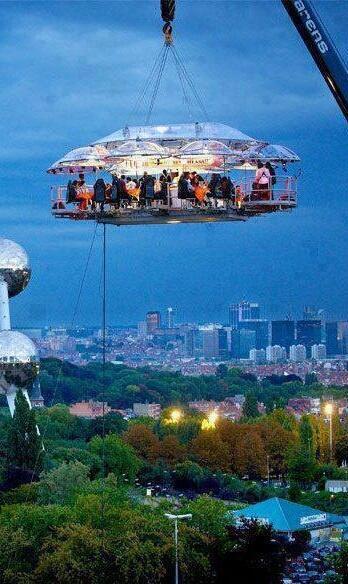 Sea otters hold hands while they sleepin case the current leads to awaken together.
Sea otters hold hands while they sleepin case the current leads to awaken together.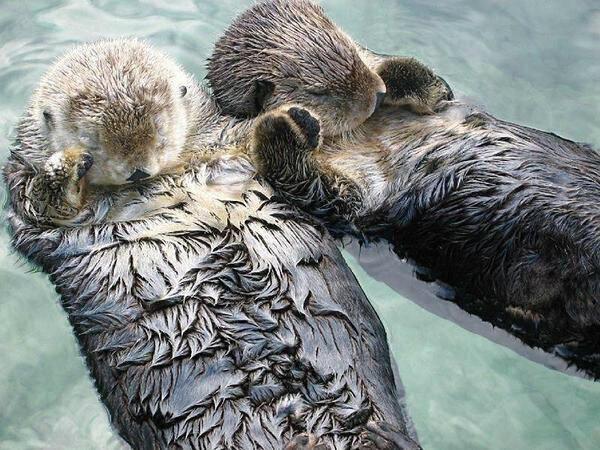 There are animals with moresensitivity than many people.
There are animals with moresensitivity than many people.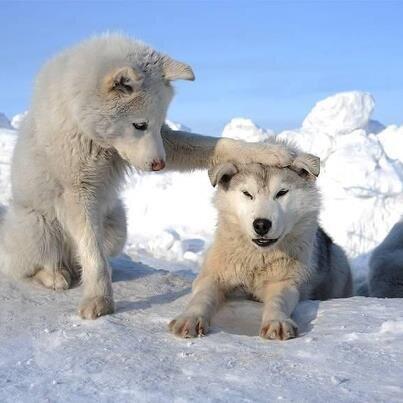 Fireman giving drink to a baby Koala in Australiafires.
Fireman giving drink to a baby Koala in Australiafires. Amazing view of Manhattan,New York, from above.
Amazing view of Manhattan,New York, from above.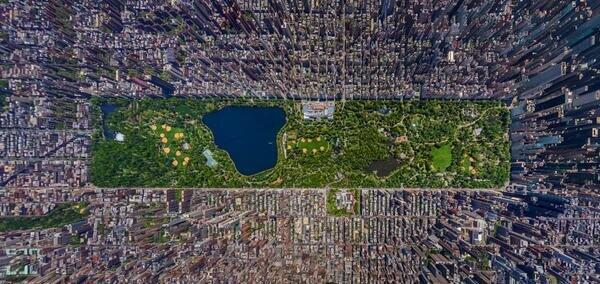 Frozen bubbles in the Canadian Rockies, Canada.
Frozen bubbles in the Canadian Rockies, Canada.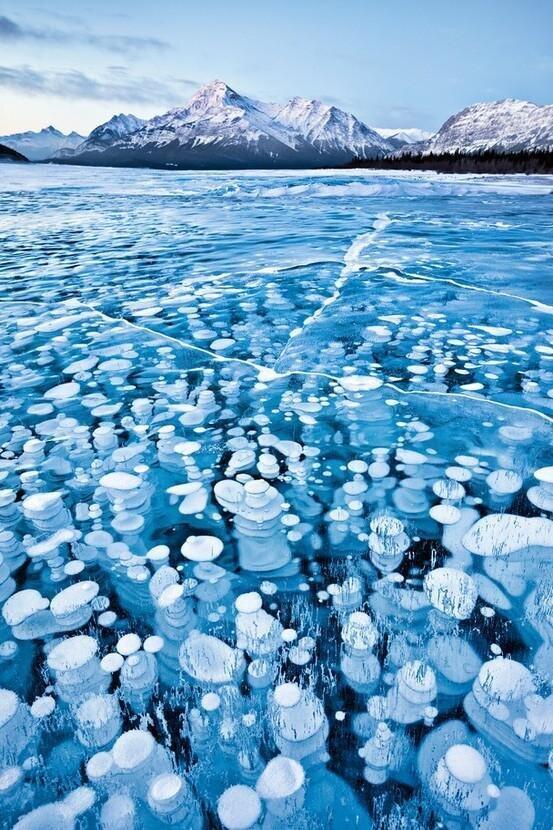 Spiral cloud in the sky.An Iridescent Cloud in Himalaya.Phenomenon observed on October 18, 2009.
Spiral cloud in the sky.An Iridescent Cloud in Himalaya.Phenomenon observed on October 18, 2009.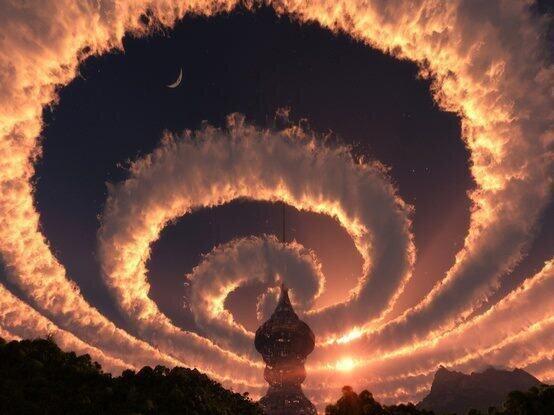 View of the semi-submerged cataract. Hawaii.
View of the semi-submerged cataract. Hawaii. Northern lights over theRocky Mountains in Canada
Northern lights over theRocky Mountains in Canada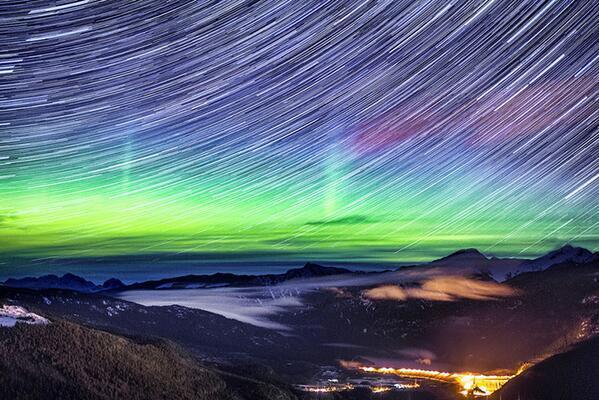 A pink lake due to the harmless bacteria ofRetba Lake, north of the Cap Vert peninsula of Senegal.
A pink lake due to the harmless bacteria ofRetba Lake, north of the Cap Vert peninsula of Senegal.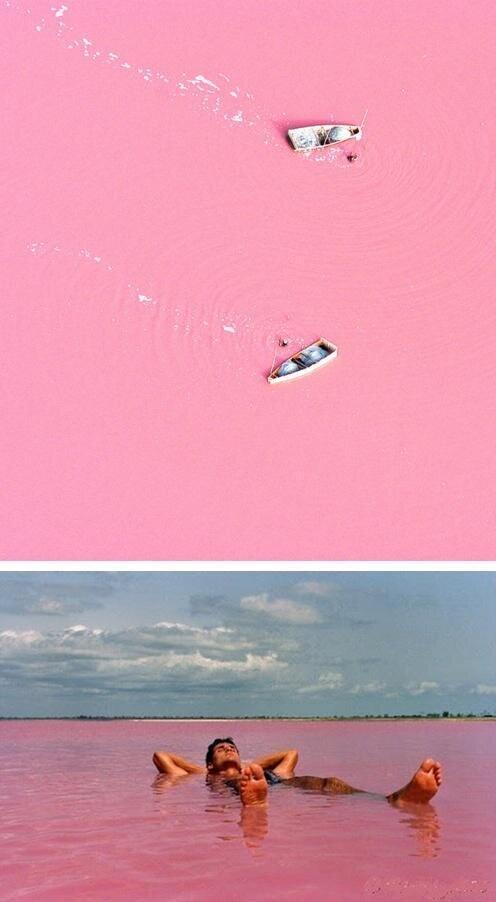 This dog saved her puppies from a fire at home,and put them safely in one of the fire trucks
This dog saved her puppies from a fire at home,and put them safely in one of the fire trucks Infinite Cave, Vietnam
Infinite Cave, Vietnam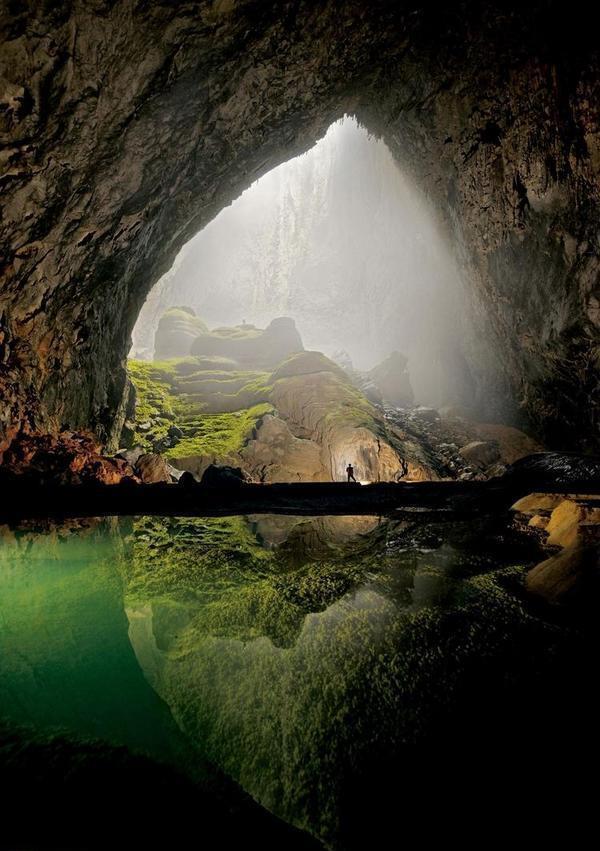 Extraordinary Photos
Extraordinary Photos

PARIS — The stories of the Holocaust have been documented, distorted, clarified and filtered through memory. Yet new stories keep coming, occasionally altering the grand, incomplete mosaic of Holocaust history.
One of them, dramatized in a French film released here last week, focuses on an unlikely savior of Jews during the Nazi occupation of France: the rector of a Paris mosque.
Muslims, it seems, rescued Jews from the Nazis.
“Les Hommes Libres” (“Free Men”) is a tale of courage not found in French textbooks. According to the story, Si Kaddour Benghabrit, the founder and rector of the Grand Mosque of Paris, provided refuge and certificates of Muslim identity to a small number of Jews to allow them to evade arrest and deportation.
It was simpler than it sounds. In the early 1940s France was home to a large population of North Africans, including thousands of Sephardic Jews. The Jews spoke Arabic and shared many of the same traditions and everyday habits as the Arabs. Neither Muslims nor Jews ate pork. Both Muslim and Jewish men were circumcised. Muslim and Jewish names were often similar.
Photo
The mosque, a tiled, walled fortress the size of a city block on the Left Bank, served as a place to pray, certainly, but also as an oasis of calm where visitors were fed and clothed and could bathe, and where they could talk freely and rest in the garden.
It was possible for a Jew to pass.
“This film is an event,” said Benjamin Stora, France’s pre-eminent historian on North Africa and a consultant on the film. “Much has been written about Muslim collaboration with the Nazis. But it has not been widely known that Muslims helped Jews. There are still stories to be told, to be written.”
The film, directed by Ismaël Ferroukhi, is described as fiction inspired by real events and built around the stories of two real-life figures (along with a made-up black marketeer). The veteran French actor Michael Lonsdale plays Benghabrit, an Algerian-born religious leader and a clever political maneuverer who gave tours of the mosque to German officers and their wives even as he apparently used it to help Jews.
Mahmoud Shalaby, a Palestinian actor living in Israel, plays Salim — originally Simon — Hilali, who was Paris’s most popular Arabic-language singer, a Jew who survived the Holocaust by posing as a Muslim. (To make the assumed identity credible, Benghabrit had the name of Hilali’s grandfather engraved on a tombstone in the Muslim cemetery in the Paris suburb of Bobigny, according to French obituaries about the singer. In one tense scene in the film a German soldier intent on proving that Hilali is a Jew, takes him to the cemetery to identify it.)
The historical record remains incomplete, because documentation is sketchy. Help was provided to Jews on an ad hoc basis and was not part of any organized movement by the mosque. The number of Jews who benefited is not known. The most graphic account, never corroborated, was given by Albert Assouline, a North African Jew who escaped from a German prison camp. He claimed that more than 1,700 resistance fighters — including Jews but also a lesser number of Muslims and Christians — found refuge in the mosque’s underground caverns, and that the rector provided many Jews with certificates of Muslim identity.
In his 2006 book, “Among the Righteous,” Robert Satloff, director of the Washington Institute for Near East Policy, uncovered stories of Arabs who saved Jews during the Holocaust, and included a chapter on the Grand Mosque. Dalil Boubakeur, the current rector, confirmed to him that some Jews — up to 100 perhaps — were given Muslim identity papers by the mosque, without specifying a number. Mr. Boubakeur said individual Muslims brought Jews they knew to the mosque for help, and the chief imam, not Benghabrit, was the man responsible.
Mr. Boubakeur showed Mr. Satloff a copy of a typewritten 1940 Foreign Ministry document from the French Archives. It stated that the occupation authorities suspected mosque personnel of delivering false Muslim identity papers to Jews. “The imam was summoned, in a threatening manner, to put an end to all such practices,” the document said.
Mr. Satloff said in a telephone interview: “One has to separate the myth from the fact. The number of Jews protected by the mosque was probably in the dozens, not the hundreds. But it is a story that carries a powerful political message and deserves to be told.”
A 1991 television documentary “Une Résistance Oubliée: La Mosquée de Paris” (“A Forgotten Resistance: The Mosque of Paris”) by Derri Berkani , and a children’s book “The Grand Mosque of Paris: A Story of How Muslims Saved Jews During the Holocaust,” published in 2007, also explore the events.
The latest film was made in an empty palace in Morocco, with the support of the Moroccan government. The Paris mosque refused to grant permission for any filming. “We’re a place of worship,” Mr. Boubakeur said in an interview. “There are prayers five times a day. Shooting a film would have been disruptive.”
Benghabrit fell out of favor with fellow Muslims because he opposed Algerian independence and stayed loyal to France’s occupation of his native country. He died in 1954.
In doing research for the film, Mr. Ferroukhi and even Mr. Stora learned new stories. At one screening a woman asked him why the film did not mention the Ashkenazi Jews of Eastern European origin who had been saved by the mosque. Mr. Stora said he explained that the mosque didn’t intervene on behalf of Ashkenazi Jews, who did not speak Arabic or know Arab culture.
“She told me: ‘That’s not true. My mother was protected and saved by a certificate from the mosque,’ ” Mr. Stora said.
On Wednesday, the day of the film’s release here, hundreds of students from three racially and ethnically mixed Paris-area high schools were invited to a special screening and question-and-answer session with Mr. Ferroukhi and some of his actors.
Some asked banal questions. Where did you find the old cars? (From an antique car rental agency.) Others reacted with curiosity and disbelief, wanting to know how much of the film was based on fact, and how it could have been possible that Jews mingled easily with Muslims. Some were stunned to hear that the Nazis persecuted only the Jews, and left the Muslims alone.
Reviews here were mixed on the film, which is to be released in the Netherlands, Switzerland and Belgium. (American rights have been sold as well.) The daily Le Figaro said it “reconstitutes an atmosphere and a period marvelously.” The weekly L’Express called it “ideal for a school outing, less for an evening at the movies.”
Mr. Ferroukhi does not care. He said he was lobbying the Culture and Education Ministries to get the film shown in schools. “It pays homage to the people of our history who have been invisible,” he said. “It shows another reality, that Muslims and Jews existed in peace. We have to remember that — with pride.”













































